It’s no secret that the F-35 has had severe cost and schedule issues but as the programme matures, it’s shaping up to be a very capable platform.
The F-35 programme has gone through serious teething problems, problems also experienced by the majority of complex aircraft flying today such as the F-15, Typhoon or any other modern combat jet. The biggest issue for the project continues to be the fact it is the most expensive military weapons system in history owing to the sheer scope of the programme but that being said, aircraft costs are now coming down and will soon be similar to the cost of many aircraft it’s replacing.
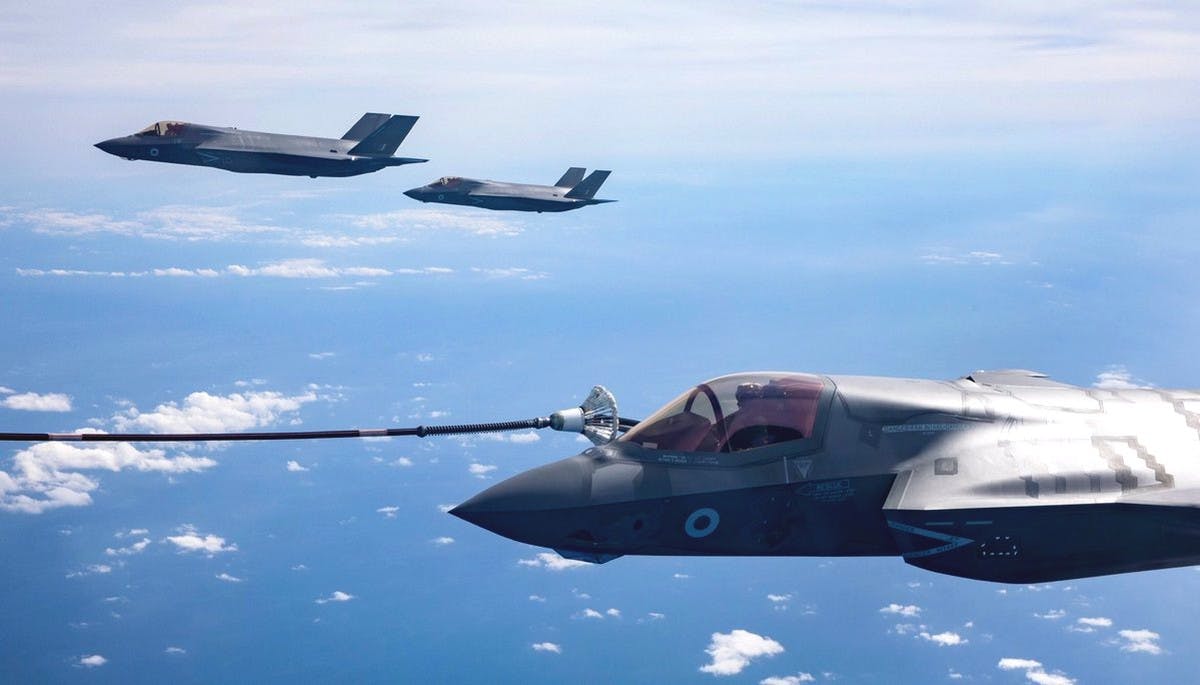 Today the programme is maturing rapidly, right now much of the activity around the jet is dealing with software bugs and testing to validate the software, with most of the physical testing being to do with weapons integration and the gradual scaling up of capabilities that comes with each new software block. The F-35A and B variants have also been declared operational by US and Israeli forces with the UK following suit at the end of this year. In fact, HMS Queen Elizabeth is currently sailing to the United States to begin trials of the jet from her deck.
Today the programme is maturing rapidly, right now much of the activity around the jet is dealing with software bugs and testing to validate the software, with most of the physical testing being to do with weapons integration and the gradual scaling up of capabilities that comes with each new software block. The F-35A and B variants have also been declared operational by US and Israeli forces with the UK following suit at the end of this year. In fact, HMS Queen Elizabeth is currently sailing to the United States to begin trials of the jet from her deck.
Where the strength of these aircraft really exists is in a key element of 21st century air power, enabling coalition operations. The F-35 provides a (currently) unique integrated air combat capability whereby coalitions of joint or allied F-35s can be supported in common, with information being shared prolifically. The F-35 was designed from the outset to bring information sharing capabilities to any force with which they’re deployed.
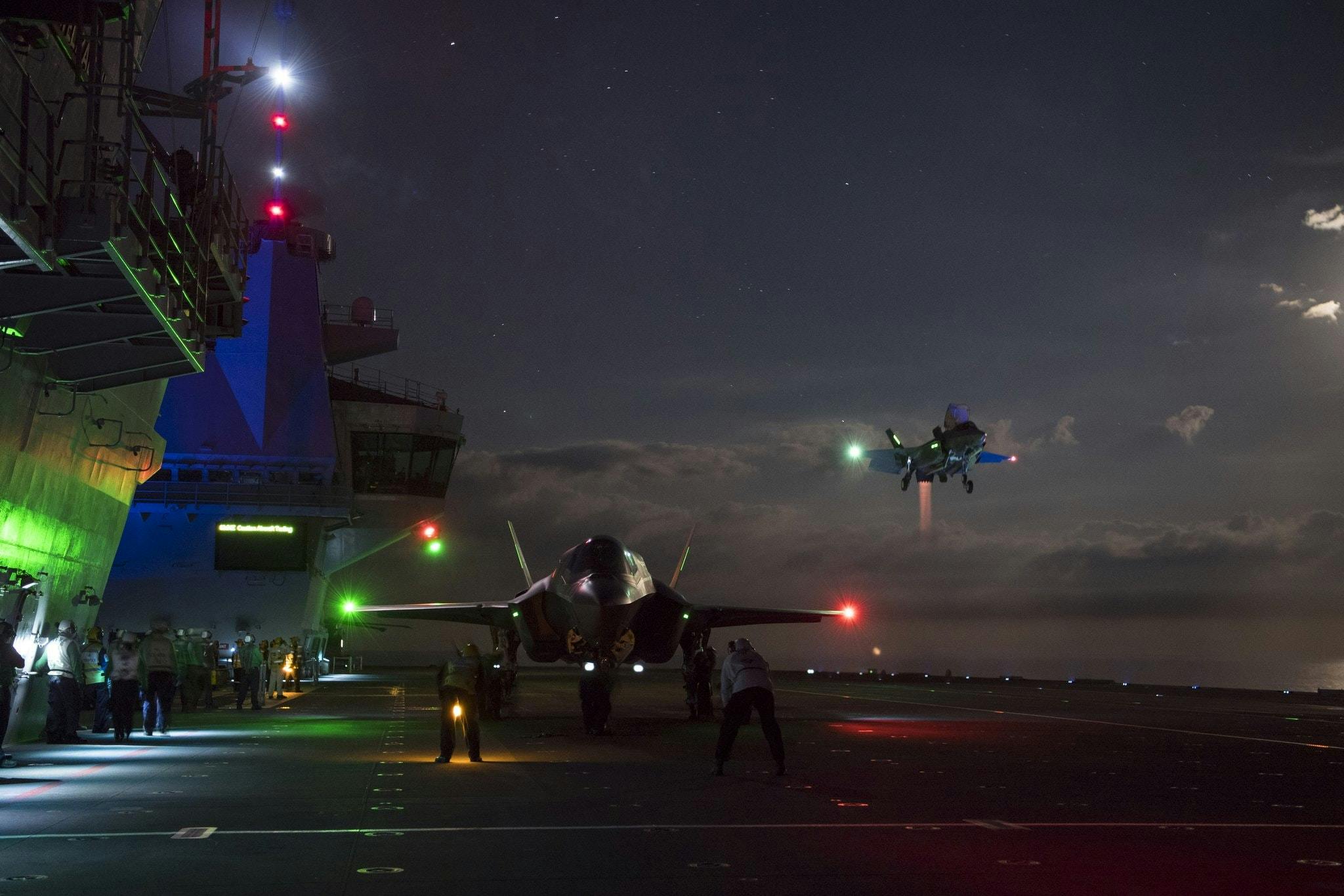
Two networks are core to this: the Link-16 and the new Multi-Function Advanced Datalink (MADL). These systems allow the F-35 to communicate with nearly all current and future NATO assets.
Link-16 is currently utilised by most existing platforms fielded by NATO members and will allow F-35 to integrate seamlessly into a coalition force structure. MADL will complement the current networks as NATO’s first high bandwidth, low probability of detect and intercept connection. The fundamental design features of MADL enable all NATO F-35s in a deployed coalition to communicate within an Anti-Access/Area Denial environment.
During a trial last year, a ‘Northrop Grumman Airborne Gateway’ connected the fifth-generation F-35B, which communicates using the ‘stealthy’ Multifunction Advanced Data Link (MADL), and the fourth-generation Typhoon, by translating MADL messages to Link 16 format. This was the first time non-US fifth and fourth-generation aircraft have shared MADL delivered data and is an important demonstration of interoperability as the UK moves closer to initial operating capability of its F-35 Lightning II Force in late 2018.

The two-week trial, named Babel Fish III was funded by the Ministry of Defence and was conducted in airspace above the upper Mojave Desert, California, as part of the RAF’s Exercise High Rider.
Link 16 is the US and NATO military tactical data link used by some military aircraft, ships and ground forces to communicate and exchange tactical data. The F-35 and the Typhoon can communicate directly via Link 16 but previously could not communicate or share certain fifth-generation information.
The potential for cooperation between the United Kingdom and coalition forces all using the F-35 variants is significant, in terms of coalition warfare the F-35 further increases the situational awareness of all parties to a greater extent than anything flying today, resulting in a quantum leap in capability for coalition forces.
Such is the aircrafts sensor and data fusion capabilities, a small number of F-35s could provide the UK and her coalition allies with situational awareness within defended airspace where platforms such as E-3 AWACS and E-8 JSTARS would be unable to operate.
F-35s could find and designate priority targets within defended airspace for a less stealthy fleet to attack from a relatively safe distance, further enhancing coalition capability.
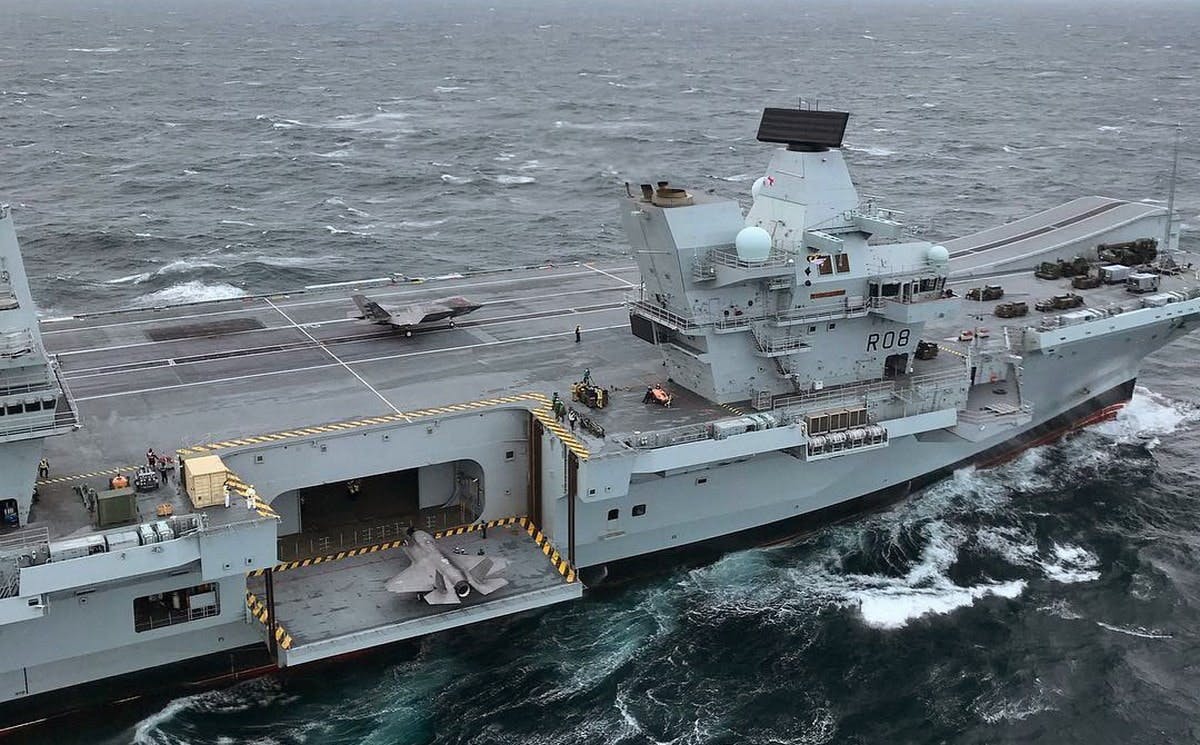
The F-35s value is not only in its stealth or combat capability, it’s also in the flying sensor network it creates in the battle space.
The ability of the F-35 to drastically improve the combat capability of other assets was demonstrated recently when an F-35 and Aegis Weapon System worked together during a live fire exercise, with the F-35 passing sensor data to another platform which then engaged the target.
The exercise was the first live fire missile event that successfully demonstrated the integration of the F-35 to support Naval Integrated Fire Control-Counter Air and represent a very promising exploration into the interoperability of the F-35 with other naval assets.
It is my opinion that the F-35 will drastically increase the situational awareness and combat capabilities of the forces with which it will deploy and for the UK, where numbers may be a concern, it represents a fantastic way to enhance combat capability in any coalition or national effort.
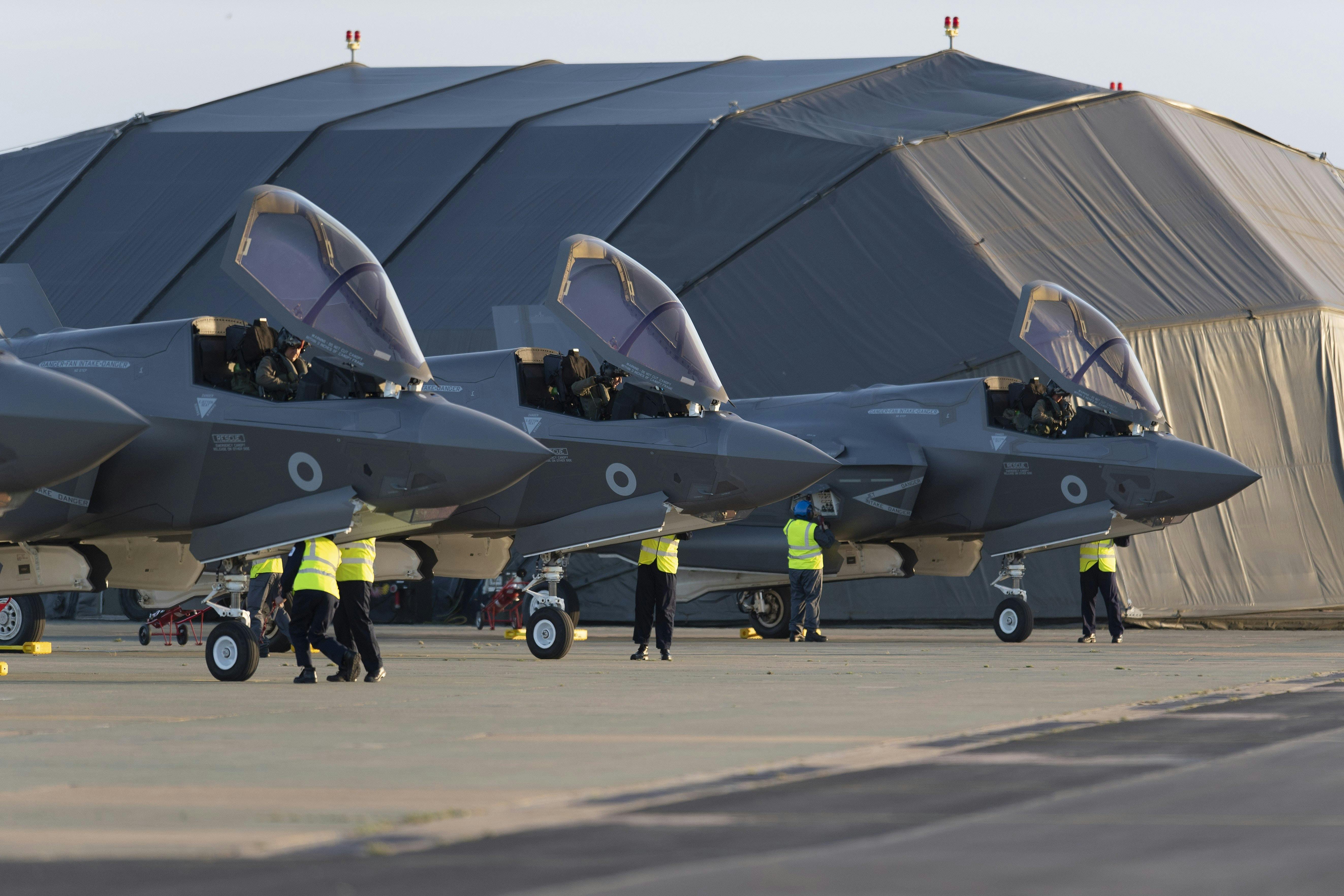
The jet is a quantum leap in capability, able to give the pilot as much information as only theatre commanders have previously had. While the primary value of the jet is in its sensor and networking capabilities, it is also valuable in that it’s able to perform many tasks designed to increase the lethality of not only itself but other assets, such tasks include the ability to co-ordinate small fleets of unmanned combat aircraft, guide weapons launched from other platforms (even warships as detailed above), launch a wide-range of its own weapons and use it’s own radar to conduct electronic attacks.
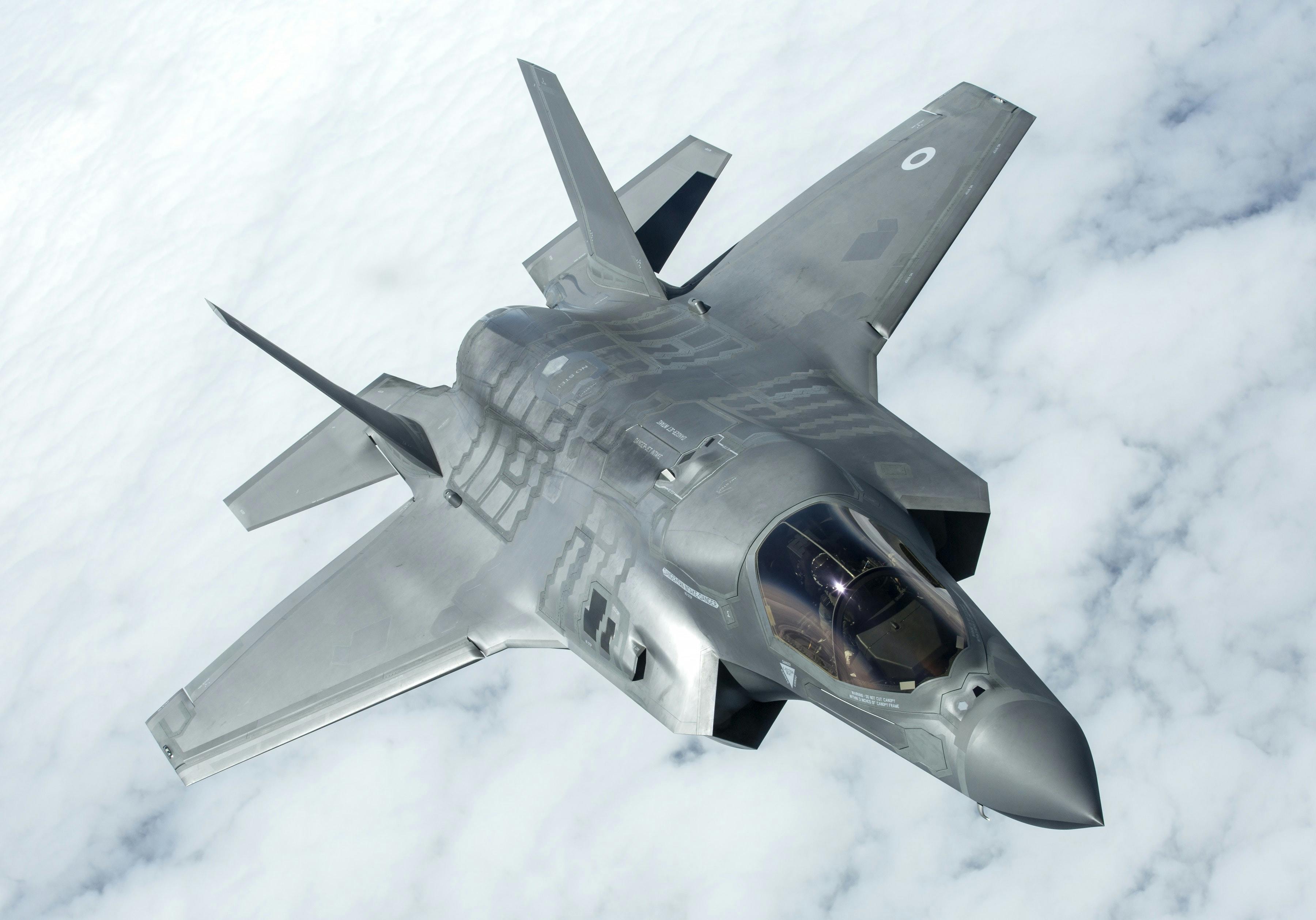
There is no denying that jet is over-budget and behind schedule compared to original estimates but an incredibly capable platform is emerging and one that I believe will shape the future of air combat.




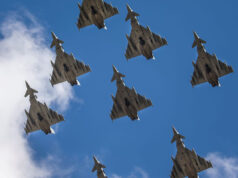

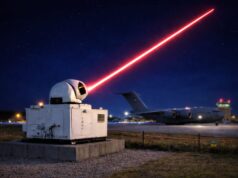

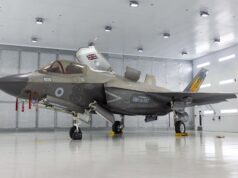
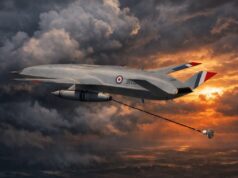




On a complete tangent,hopefully when more F35’s are ordered I would like to see 7 Squadron RAF re-role to it from the Chinook,any gueses why ?
Fighter Squadron in WW1?
Daniele – not quite,it was one of the RAF’S Pathfinder Squadrons in WW2, and to me that describes the role of the F35,to go into heavily contested Airspace,using its sensors to locate and neutralise high value targets enabling other Aircraft go go in and bring more destructive power onto the target.
SOPWITH CAMELS WITH EXOCET?
can’t understand a word of all that stuff
Still problems with spare parts amongst many other things.
https://www.janes.com/article/81471/update-f-35-programme-still-struggling-with-acquiring-spare-parts
And for the full monty “ish”
http://www.dote.osd.mil/pub/reports/FY2017/pdf/dod/2017f35jsf.pdf
Anyone with a modicum of intelligence would be wise to start looking at alternatives short to mid term. With technology advancing at the pace we all know it does, the advantages of the F35 will be coming to an end hence the US interest in the Tempest programme.
Or, will we follow suit and throw good money after bad?
i didn’t know we had money to throw at anything
Yeah, but there’s only 4 German Eurofighters flying for similar reasons.
That is because there are 9 versions of the plane!
When they finally work through the concurrency repairs, maintainability will improve drastically
Only 9? MV-22 is so ‘mixed-up’ in terms of mechanical and software versions that practically every cab is a sub-type in its own right. We should be grateful it’s only 9! 🙂
According to Trump these things are invisible so how on earth did we get these pictures?
There’s a very interesting paragraph in this link Peter which shows just how dated the F35 will be by 2025.
Investing in new long range weapons plus Tempest and Magma should be the aim of the MOD/HMG while increasing the number of Typhoons and upgrading the fleet short-mid term.
“At the same time, air forces around the world are already facing the prospect of increasingly more capable integrated air defenses full of surface-to-air missiles with cuing from multiple types of radars, including lower frequency types, and other sensor systems. What might have been “invisible” to one sensor system by itself in the past may no longer be fully shielded from a full network fusing together information from multiple sources”.
http://www.thedrive.com/the-war-zone/16980/bae-systems-wants-its-magma-drone-to-maneuver-using-only-supersonic-blasts-of-air
This is not accessible in the UK?
I’m in the UK Rob. Are you referring to the link? I can access it. Let me know!
What I don’t understand is why we release stuff like this to the public. We’ve told Russia and China who to go a hack to get at the info. Whilst BAe may believe they’re secure they’ve been hacked before, famously on the F35 project. The University of Manchester, well can’t comment but hardly imagine its the most secure place in the world.
It would be better to keep this tech under wraps until we have a significant lead in the technology or not announce it at all.
My main concern about B is that the USN already seem to be on a path of CTOL UAV development that is bearing results. We are cut off from this development tree.
I haven’t read anything about Tempest. I could make a ‘what-if’ model of my own and draw up a dream spec’ that includes everything from laser cannon to cloaks to hyperdrive. Not of it means it will leave the CAD screen. Is there a plan for Tempest to be VTOL? If not, well………
No comment about the short range of these aircraft, which could be a very limiting factor when defending against those platforms launching very long range land or sea launched anti ship missiles. Plus the short legs of the aircraft will necessitate the QE PoW to venture closer to hostile areas to fly on / off these aircraft. Apart from this it does seem to be maturing into the promised system.
Agreed James,
The CFTs, which can be fitted to any Tranche 2/3 aircraft, can carry 1,500 litres each to increase the Typhoon’s combat radius by a factor of 25% to 1,500 n miles (2,778 km).
https://www.janes.com/article/36893/bae-systems-begins-new-round-of-cft-trials-for-typhoon
They have the longest internally fueled range of ANY American fighter jet.
This is a fact.
The “short range” thing is bunk
But, but….the Yankees built it, so it has to be garbage, eh??
Let us also not forget that with the F35B STOVL capabilities, it can land pretty much anywhere with a decent prepared landing spot.
If it can’t land on a carrier, it could be diverted to an RFA. Remember the Harrier that famously ended up landing on a civilian ship? Best to land the plane on an available platform rather than lose it -and its pilot- to the sea.
In the case of a national emergency, civilian ships could be converted to carry additional F35B airframes to the fleet if need be. As the F35B has a shorter range compared to other variants, this could prove necessary in the event of a Falklands style war. Civilian ships with a few modifications carried additional Harriers in the Falklands – not as an operational carrier, but as a delivery system. Even after the war, a containerised system was designed to allow merchant shipping to be converted for this purpose.
Not going to claim to be an expert in this, and I’m not too sure if it would be possible with an F-35B. But if it is, it’s definitely a major advantage.
“it can land pretty much anywhere”
No it cant, it requires a special landing place due to very hot exhaust and risk on sucking particles into engine.
When you add poor weapons load, high cost and highly problematic aluminum frame structure, things look very grim for B model, unless you have USA style military budget.
The containerised system proved to be a bit of a non-starter.
Well yes, but the innovation was there at least.
Everything is a worse a punt. I am not a fan of ‘modularity’ as it seems to be interpreted by many lay persons who comment on defence matters. Saying that I am interested in merchantmen converted for auxiliary purposes in support of ‘true’ warships and security operations.
I concur with that.
We have seen many converted merchant vessels serve in the RFA, with Argus really proving itself during and since the Falklands. Of course, there have been others – tankers, ro-ros and of course, Diligence; but it proves it can be done.
As for the containerised system, well, who knows if it would have had success. Personally, I quite like it – more so for the fact that the innovation behind it appears ‘typically British’. The RN has had great success in operating vessels without hangers in the past, but with complex aircraft, a hanger is really needed. I think its best in the cast of a National Emergency if converted ships augment but not replace capabilities. Fortunately, we still have a relatively large Merchant Navy to fall back on – with plans to grow it. I believe ~742 of our Merchant Vessels are considered of military use.
converting civilian vessels has gone on forever,in the ocean’s case i proposed removing the superstructure of a bay class and fitting a full deck for use as a helicopter carrier
STOVL is all well and good, but do you really want an entire carrier that is locked in to this one aircraft?
Without a *major* rebuild, the QE and PoW are both locked in to F35. No flexibility there for the potential to carry allied types, or different types in the future unless they too are STOVL.
Is STOVL really worth that much?
The true power of the F35B is its STOVL capability. So yes an adapted container ship could easily become an auxillary carrier.
STOVL aircraft do not need a runway. Therefore you cannot take them out of action by destroying their runways.
A follow on order for a further 60+ F35Bs is desperately needed. The numbers of fast jets available to the fleet air arm/ RAF are pitifully low at the moment.
As for the short combat radius 400 miles. This should not put the POW/ QE at too great a risk. They can defend themselves with F35Bs flying CAP with Crowsnest AWACs helos and type 45 destroyers Sampson radar and Sea viper missile system and type 23 artisan/ sea ceptor armed frigates defending them from missile and air attack.
The F35B is a 5th generation stealth aircraft. The Israeli airforce used them recently in Syria with the presence of SM400 Russian SAMs lauded to be the deadliest threat and area denial weapons. Result: Israeli aircraft destroyed their intended targets whilst Syrian and their Russian masters with their S400M SAM systems were not even aware the F35s were even there. The F35B will therefore be unlikely to lose air to air combat against anything other than an F22 raptor or Eurofighter typhoon or Rafale. Even then BVR the F35B has superior stealth, sensors and missiles that would likely mean it survives to fight another day.
The Royal navy could extend the F35B range via buddy to buddy refuelling drop tanks and drouges or a small purchase of V22 Osprey aircraft for air to air refuelling duties. I think the buddy to buddy route is best as an Osprey launch would be detected and alert any advanced enemy that the F35s were enroute.
Range increase is coming with the next series of engine. P&W are already working on this and will incorporate variable bypass.
Just a small point on the S400. I heard reports that Russia didn’t want to turn it on when the 3 allies conducted strikes against Assad’s chemical capabilities due to the sheer amount of intel gathering stuff around (Rivet Joint etc). Could this also be true for Israeli ops with the F-35? It does have a pretty effective electronic suite so I’m lead to believe and could quite possibly garner a fair bit of useful info on those S400’s? I also heard the Israeli’s deliberately went with wing mounted ordnance so as to actually provide a greater RCS and not reveal anything to that potential S400 detection?? Cat and mouse games (if true).
Thanks Mr bell. First sensible post, completely agree. I’d add that interoperability with allies, particularly in terms of the carriers, makes this a very prudent purchase all round. Getting enough of them to satisfy both carrier and rad needs is going to be the tough bit. Putting carriers to sea with a denuded cap is a recipe for disaster.
Not quite sure about that, but with a $100 Billion investment to claw back and counting ($1 Billion still required) I guess we never will!
https://nationalinterest.org/blog/the-buzz/did-russian-missile-really-hit-israeli-f-35-22926
The FAA can’t extend the range of F35b using organic AAR because the Voyager contract means penalties.
I still believe many people have failed to grasp the fundamental difference between a 4th and 5th generation combat aircraft.
It’s not just about stealth.
I think most people on here do Mike, but fail to grasp the fact that this is a total waste of money.
Better to invest in future capabilities and not ones that won’t offer us any real advantage by 2025, if not before. By the time we get them fully combat operational and in any useful numbers….
Please remember to click on next at the end of each page as there are quite a few!
https://nationalinterest.org/blog/the-buzz/the-f-35-still-has-long-way-go-before-it-will-be-ready-24810
And yes I know the editor posed the wrong image!
https://defaeroreport.com/2016/12/29/top-f-22-pilot-differences-4th-5th-generation-fighters/
My opinion is based on the evidence like the above link.
Regards the national interest website, it has a very long track record of anti F35 articles.
How about the DOT&E Mike?
http://www.dote.osd.mil/pub/reports/FY2017/pdf/dod/2017f35jsf.pdf
I know you guys commented 10 months ago so I know its a bit late to comment. But I disagree with you Nigel. This jet is the only 5th gen jet in the world that has the ability to be upgraded every year, whether its software/hardware upgrades or entirely upgraded versions of the jet that are built later blocks. Dog fighting does not exists anymore. With new missiles that have longer range, more powerful radar and the strongest EW ability of any plane in the world, this plane is the future. And the fact that this plane is very stealthy makes it even more dangerous. And dont say stealth is irrelevant just because China and Russia both say they are useless because they can “supposedly” track stealth jets. Both of these countries contradict themselves because Russia and China are both building stealth fighter jets, China is actually building two. And the manufacturers of the F35 just developed a new internal rack that adds 2 more missiles to the jet. We still dont understand or know the full capabilities that this jet possesses, every year we are developing or learning a new capability that we never even thought of when building the jet. This plane also makes 4th generation jets alot more dangerous and survivable if a conflict ever brakes out. And for people who say it doesnt carry enough missiles, they are wrong. If a conflict ever breaks out, the F35 will be used in its stealth configuration to “break down the doors” and eliminate anti aircraft batteries on the ground. Then, some F35s will be released in “beast mode”, where I think it can carry 12-16 missiles or bombs, depending on the type of missile/bomb load out.
I’m sure the f35 as a bomb truck, sensor node and operating in electronic warfare mode ( ten times more radiated power than an f16 is impressive ) will be a big success the issue is the overhype re it’s air to air capabilities . Why are Japan / UK and US all pursuing 6th gen air superiority fighters ? Because the JSF just doesn’t cut it , not enough speed / altitude to project missiles, dominate hi altitude and also to tactically outwit an air to air missile .
We all know the next conflict will be network vs network but they really made a design screw up by not giving the jet more power and altitude.
The f35 will be a very good stealthy sensor platform, there’s no doubt about it.
As a weapon truck though it is severely compromised by its jack-of-all-trades design paradigm.
You’d be better off spending money on cheaper, specialised bomb trucks and agile fighters that you can buy in greater numbers. You then implant a few f35s to make use of their sensor fusion and stealth. It’s effectively a lightly armed, stealthy AWACS.
It has a place in modern fleets but I certainly wouldn’t want my entire Air Force to be F35s.
The cost of Typhoon has dropped to £87 Million and we have 48-51 Tranche 1 aircraft in the fleet.
Replacing these with Tranche three £4.2 Billion less what we sell the Tranche 1 for would be a very worthwhile investment I would have thought?
I found this article on the power plant for Tempest which some people on here might find interesting.
https://www.edrmagazine.eu/rolls-royce-the-tempest
Although the F35 does appear to be a leap in technology I cannot help feeling that Lockheed-Martin with its partners missed something.
Everytime I look at the F35b it reminds me of the YAK 36 Forger including the same technical mistakes. Why was the Harrier concept with moveable ducts not developed further, the tech was proven and worked well. If I also remeber a supersonic versiopn was on the boards. Whereas the YAK 36 was scrapped fairly quickly due to issues with the down thrust fans, also its limited range due to the extra weight of the fans. Or is this a case that the US did not want to do something that the Brits had already done?
What also happens if the down thrust fan is damaged in combat?
I’m not sure but something just feels wrong about the F35b, don’t get me wrong the aircraft is for the RN a massive leap forward and for the RAF can act as a good penatration aircraft for Typhoon strikes, its just that as an ex-military engineer when tech is so complicated that field engineering cannot keep it operational then there is something wrong.
What ever in a gunfight the F-22 Raptor will turn them into chaaf. That line was closed for political reasons. We should have double or triple the numbers of F-22’s. The number one objective of the Air Force is air superiority over the battle space.
Until MOD initiate a full CEC fit to both Type 45 and the carriers the data fusion capability of the Lightnings will be severely compromised. Likewise the lack of realistic organic AEW for these assets is, frankly, a disgrace. Penny pinchin nonsense which should now be ditched, and at least two more 31’s and three more 26’s constructed all with CEC.
Until 45’s can actively target SM2 B4 as well as Aster30 onto a target of opportunity these assets wil be vulnerable, very much so.